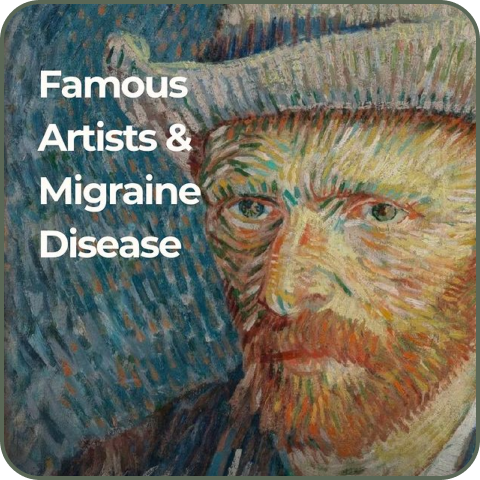The ER Migraine Protocol: What Actually Helps and What Makes It Worse
Have you ever rushed to the ER for a migraine, desperate for relief—only to leave feeling frustrated, dismissed, or in even more pain? You’re not alone. Over 1.2 million people visit the emergency room every year due to migraines, yet nearly 70% report dissatisfaction with the care they receive.
In this episode, we break down what really happens when you go to the ER for a migraine—and how to make sure your next visit (if necessary) is actually helpful. More importantly, we show you how to reduce your dependence on the ER by learning to abort migraines naturally.
What You’ll Learn:
– Why migraine sufferers often end up in the ER—and what the standard protocol really looks like.
– How the ER environment (bright lights, loud noises, rushed care) can worsen your migraine rather than relieve it.
– The risks of common ER treatments—including medication overuse and misdiagnosis—and how to advocate for better care.
– Our most effective, natural way to abort migraine attacks (without medication) so you can avoid the ER altogether.
If you’ve ever felt like the ER is your only option, this episode offers a new, more empowering path forward.
📅 Make sure you tune in to our new episodes every Monday & Wednesday!
🔗 Download the Migraine Heroes App:
🔗 Discover Your Unique Migraine Profile: Take our Migraine Diagnostic Test to uncover insights about your migraine triggers and solutions.
Disclaimer: This podcast is for informational purposes only and does not substitute for providing medical advice. Always consult your healthcare professional before making any health-related decisions.
For women, men, and children who suffer from migraine disease, Migraine Heroes is your go-to resource for understanding, managing, and overcoming migraine attacks.
We cover all types of migraines and related headaches, including primary and secondary migraines, chronic migraines, and cluster migraines. We dive deep into the complexities of migraine with aura and migraine without aura, as well as rarer forms like hemiplegic migraine, retinal migraine, and acephalgic migraine (silent migraine). Our discussions also extend to cervicogenic headaches, ice pick headaches, and pressure headaches, which often mimic migraine or contribute to overall migraine burden.”




